If the Yellowstone supervolcano were to erupt in a massive, cataclysmic event, it would have global consequences—but let’s break it down by scale and likelihood…
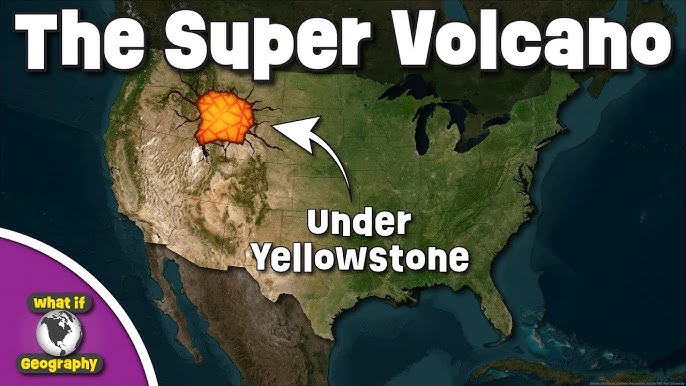
What Kind of Eruption Are We Talking About?
-
Minor hydrothermal explosion (most likely):
-
Small-scale geyser or steam explosions.
-
Local damage; limited to the park.
-
-
Lava flow (possible):
-
Slow-moving lava like past eruptions (~70,000 years ago).
-
Would cover local areas but not explode violently.
-
No global impact.
-
-
Caldera-forming “supereruption” (extremely rare, last ~640,000 years ago):
-
This is the “doomsday” version people worry about.
-
Volcanic Explosivity Index (VEI) 8 — the highest category.
-
Could eject 1,000+ cubic kilometers of ash and magma.
-
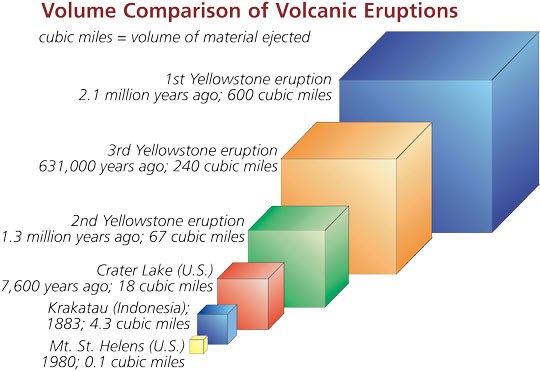
☠️ What Would Happen in a Supereruption Scenario?
Immediate Zone (100–200 miles around Yellowstone):
-
Total devastation.
-
Ashfall 10–30 feet deep, burying everything.
-
Cities like Jackson, WY, and Bozeman, MT, would be wiped out.
-
Complete infrastructure collapse (roads, power, water).
Regional Fallout (Western & Central U.S.):
-
Ash 1–5 inches thick across large areas (Denver, Salt Lake City, etc.).
-
Buildings collapse, power grids fail, water contamination.
-
Air travel grounded for weeks or months.
Continental Effects:
-
Ash spreads across most of the U.S. via jet stream.
-
Crops die, livestock poisoned, water unfit to drink.
-
Food supply chains severely disrupted.
-
Mass migration, martial law, economic panic.
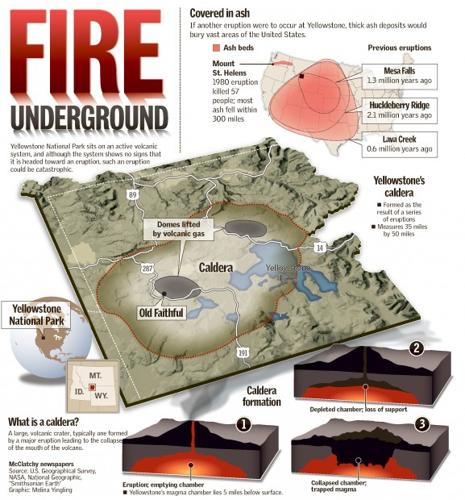
Global Effects:
-
“Volcanic winter”: sulfur dioxide & ash in the stratosphere blocks sunlight.
-
Global temperatures drop by 2–5°C (35.6–41°F).
-
Shorter growing seasons, mass crop failures (especially in Asia, Africa).
-
Disruption of monsoons, famine in vulnerable countries.
-
Could trigger a global economic recession or collapse.
Historical Clues
-
The last major eruption (640,000 years ago) created the Yellowstone Caldera and spread ash over most of North America.
-
Two earlier eruptions (1.3 and 2.1 million years ago) were also supereruptions.
-
But: the probability of this happening anytime soon is extremely low.
The U.S. Geological Survey (USGS)** closely monitors** Yellowstone:
-
Over 1,000 earthquakes/year (most tiny and harmless).
-
No evidence of imminent eruption.
-
Early warning signs (swarms, gas emissions, ground deformation) would likely give weeks to months of warning.
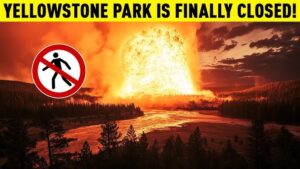
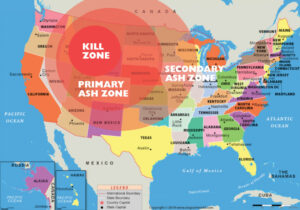
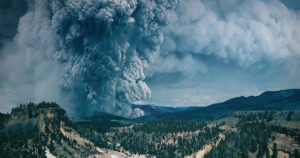
Bottom Line
A Yellowstone supereruption would be a civilization-altering catastrophe—but it’s very unlikely to happen anytime soon. The U.S. has excellent monitoring systems in place, and most activity at Yellowstone is normal, not alarming.
Would you like a simulation map of ash fallout or timelines for recovery after such an event?
More information below



